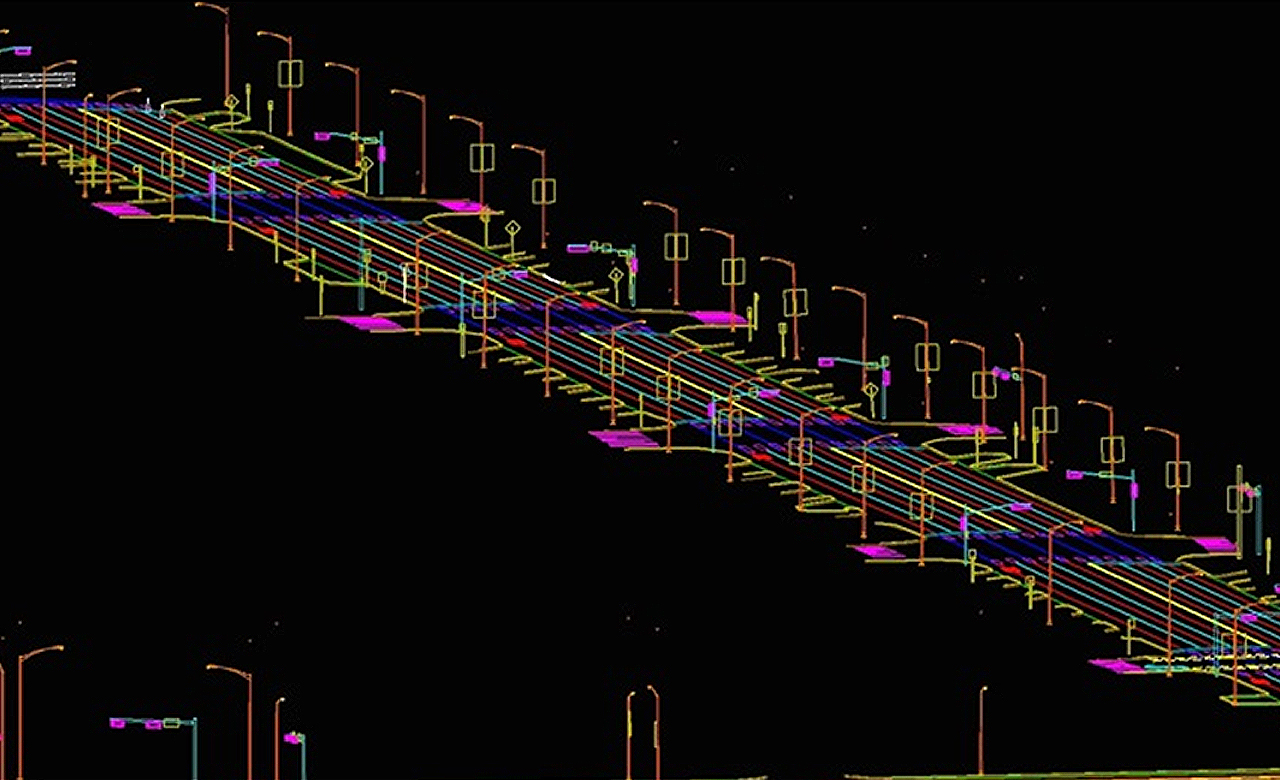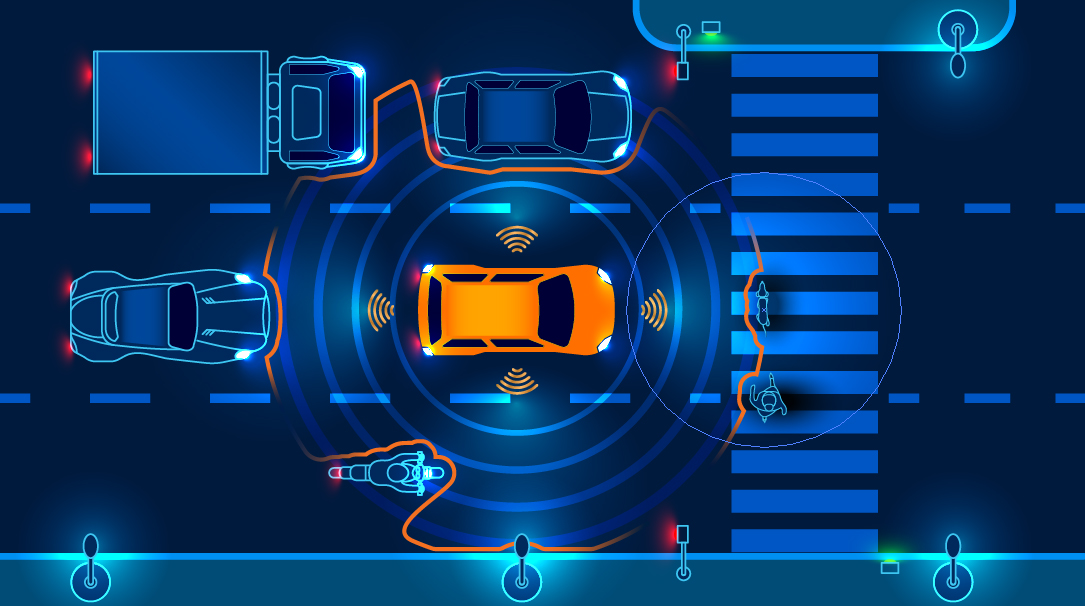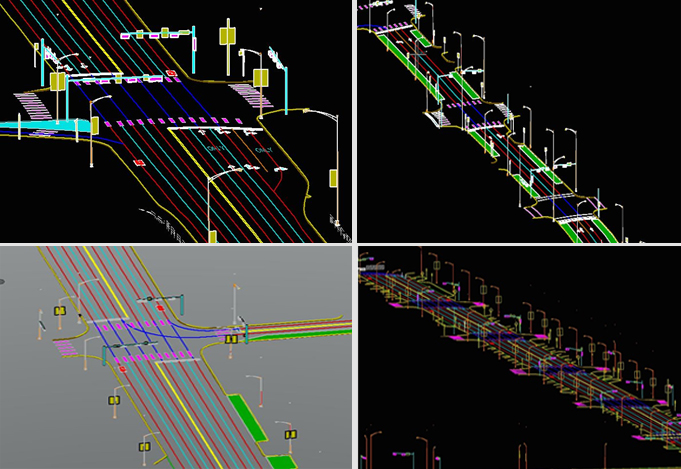
While automated driving is getting beyond the hype, HD map development is shifting into a more mature phase.
Around five years ago the hype around Automated Driving (AD) was at its peak, with HD mapping in its slipstream. Although Advanced Driver Assistance Systems (ADAS) had been around for some time, the idea of autonomous driving propelled expectations towards a driverless world. Powerful automotive & tech giants started to invest heavily in autonomous driving, aiming at applications such as civil, robo-taxis, ride-sharing, ride-hailing, and other autonomous uses. This hype attracted billions of dollars of investments, some quite remarkable like I remember well Ford investing $1 billion in start-up Argo AI, or the acquisition of start-up Cruise by GM for an estimated $580m, and many more. The sky was the limit, with forecasted markets in excess of $500 billion by 2026 for autonomous driving and $20 billion by 2030 for HD mapping.
But whereas five years ago several car manufacturers promised to have self-driving cars on the road by 2020/2021, many started to realize that this is really going to be a much more incremental process.
….and then along came COVID
And as if sobering up from this mind-dazzling AD hype wasn’t enough, along came COVID-19. With its devastating effects on society and our well-being, it also had a massive impact on the automotive sector. At the height of the crisis, over 90% of the car factories in China, Europe, and North America closed and car sales plunged. Already one of the world’s leading map makers has announced a big loss in Q1, demonstrating that the dramatic impact also extends to map-making.
The immediate response by the industry was clear: cost discipline & cash control.
And although nobody knows how long it will take the industry to bounce back, whether it will be a V- or U-shaped recovery, it is clear that the impact of COVID will increase pressure to rationalize AD and HD mapping developments, far beyond the initial hype. Or, in today’s vocabulary, evolving to ‘the new normal’.
HD mapping entered a new phase
So how does this rationalization of HD maps look like? For one, it needs to become affordable.
It’s clear that the traditional way of building highly accurate HD maps is too expensive. HD maps were said to have a unit price at least five times higher than traditional navigation maps. Add the requirement of frequent updates, and the challenge of keeping HD maps affordable becomes considerable.
One possibility to reduce costs is by using the sensors in existing fleet or consumer cars instead of deploying expensive dedicated survey vehicles. Already we see a market emerging whereby data from advanced car sensors from existing fleet and consumer vehicles are being collected, processed, and monetized as a new business model. In parallel, map makers are increasingly investing in advanced big-data ingestion to automatically update their maps, initially in support of their traditional mapping products but also moving to HD maps.
 Conversion of this data needs to be supported with smart (semi-) automated map building and maintenance technologies, making use of the latest Machine Learning and AI technologies. Each map maker is working on their proprietary solutions to enhance map production and relevance, like HERE’s Self-Healing technology, TomTom’s RoadDNA, Sanborn’s M-Map, and REM by Mobileye.
Conversion of this data needs to be supported with smart (semi-) automated map building and maintenance technologies, making use of the latest Machine Learning and AI technologies. Each map maker is working on their proprietary solutions to enhance map production and relevance, like HERE’s Self-Healing technology, TomTom’s RoadDNA, Sanborn’s M-Map, and REM by Mobileye.
Even so, some manual processing remains inevitable, like adding complex map features or validating and correcting data with insufficient confidence in quality. Affordable HD maps require a highly integrated building process, combining both large scale automation and cost-effective production work.
These are exciting and promising developments, requiring a strong collaboration throughout the industry ecosystem. Many partnerships are formed, ranging from TomTom’s collaboration with Toyota and Denso, or HERE with its powerful automotive and tech shareholders, through start-ups such as Deepmap’s collaboration with NVIDIA and 1st-tier Bosch. Interestingly, national mapping agencies are also getting involved, as exemplified in a recent report related to data standards for HD-mapping by Ordnance Survey UK.
 RMSI and HD mapping
RMSI and HD mapping
It’s this unique combination of big-data ingest, smart automation, and high-quality production, within a strong collaborative industry eco-system, that will enable increasingly affordable HD maps.
RMSI already has an enviable pedigree helping the largest map makers in the world to build and maintain their maps. To support the drive towards more affordable HD maps, RMSI extended its MapPro™ suite of production tools to encompass HD mapping processes. RMSI has been building high-quality HD maps for several companies, which include the full range of HD map features at the required sub-5 cm accuracy. With the sensor data from the vehicle as its source, this was done entirely in India and in an unparalleled cost-effective way.
The hype around HD maps may be fading, but exciting new times lay ahead of us.
Stay safe & well